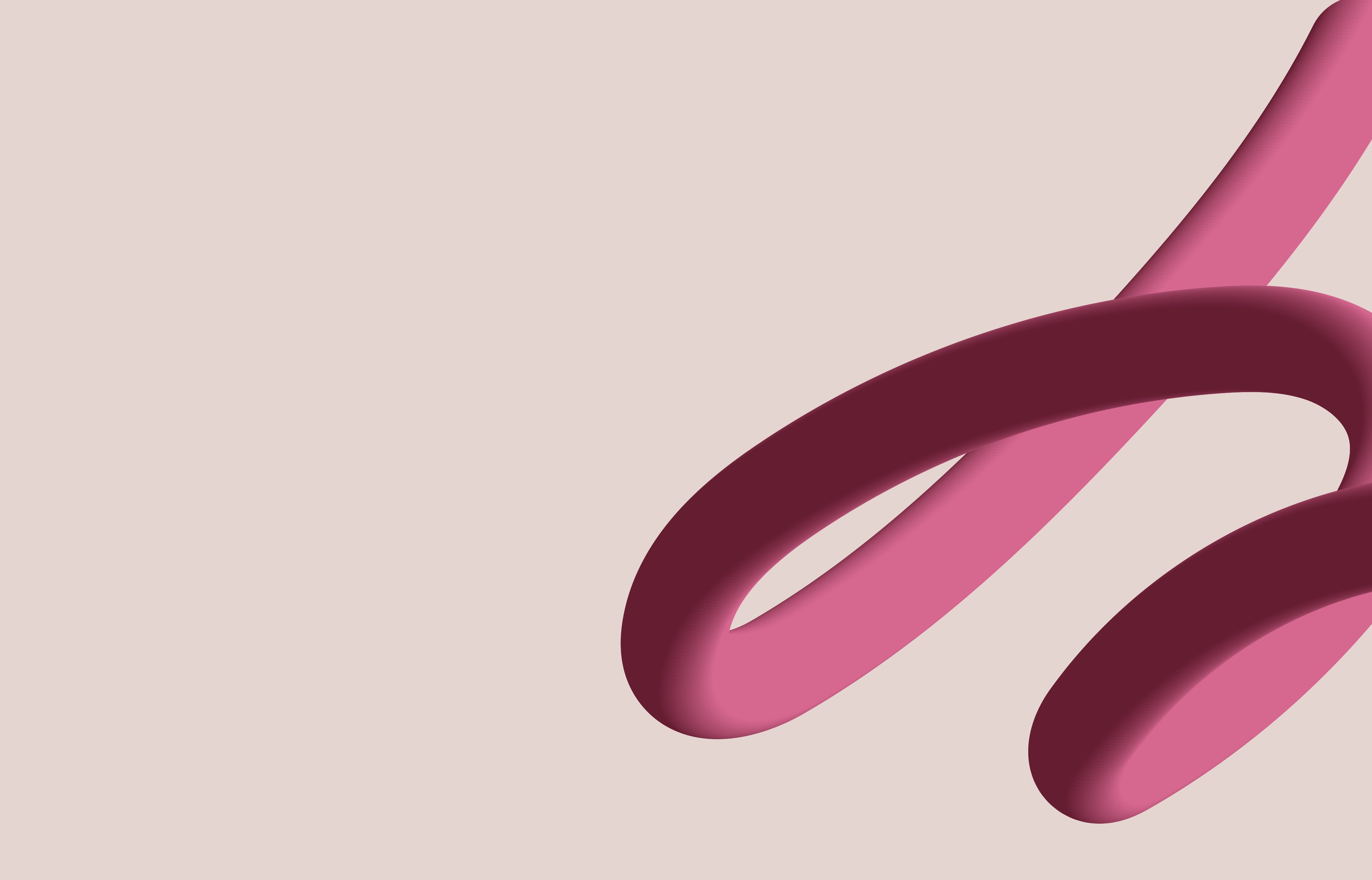The story is a lot more common than you think.
You are born with a tuft of smooth, soft, straight hair. It’s easy to detangle, easy to style. Your parents are happy because you don’t cry in the bathroom at the thought of having a brush put through your head.
Life is easy.
And then one day, something changes.
You brush your hair in the morning as usual, but somehow it doesn’t make it smooth. The hair becomes bigger. It puffs up. It gets static.
Frizzy.
What the hell happened??

Curly hair and puberty
Your hair is not the only thing that’s changing.
Your voice goes lower. Sitting next to your classmate with those deep chocolate brown eyes makes you feel all warm and fuzzy inside. You get taller. Well some of you anyway - I'm still waiting.
In one word: puberty.
The hormonal changes our body goes through during this period are responsible for all the aforementioned anomalies. Including the change of texture in our hair.
But these changes happen slowly over time. They’re not immediate, which makes it even harder to tell if your hair is curly or not.
How many people have curly hair?
Due to the overwhelming majority of straight-focused products on the market and in ads, you might think you’re one of the handful unlucky ones who have to go through this.
How many people can actually have curly hair? 10-20%?
Guess again.
Contrary to popular belief, the majority of the world’s population has curly hair. That’s over 60% of humans with some type of texture on their hair - be it a wave, curl or coil.
The split in curl type changes based on our ethnic background, but it is overall consistent.
A Royal Society study showed that a whopping 46.6% of people with the so-called Caucasian hair type in reality have wavy hair, and 12.7% have curly hair. The same study showed that even Asian hair types are wavy in 41.3% of cases, and curly in 12% of cases. Unsurprisingly, people with African hair types tend to have an even higher incidence of texture - being curly in 94.9% of cases and wavy in 5.1% of them.
This study is the perfect example of why I’m not a fan of dividing hair solely based on ethnicity. Individuals are so much more complex, and curl type and heritage do not necessarily always go hand in hand.
But what the study does a good job in showing, is that there is a very high likelihood that your hair is naturally curly.

How can you tell if your hair is curly?
One of my biggest pet peeves is when someone tells me that their hair is unmanageable.
It’s not as nice and curly as yours - they say - it’s just frizzy.
Well, let me break something down for you: “frizzy” is not a hair type.
If your hair is not 100% smooth when you dry it naturally, then your hair is curly.
It’s not straight.
It might be a very light wave, a gentle movement, but that still counts as a curl pattern.
Real straight hair remains straight even if you run under the rain for 30 minutes trying to catch a bus that won’t stop. It doesn’t puff up and defies gravity the second humidity is involved.
Your hair is not frizzy: it's naturally curly.
5 signs to tell if your hair is curly
Still not convinced that your hair is actually curly? Here are 5 signs that can wipe away any doubt:
- You feel the need to flat iron your hair every day, otherwise you think it looks messy
- When you wake up in the morning you always seem to find unruly locks that just won’t stay in place
- Your hair gets tangled very easily, and it takes you a long time (and pain) to brush it
- When you go to the beach your hair changes completely, turning into a mermaid dream
- If you go out in the elements, your hair puffs up and double in size like a loaf of sourdough bread left to proof overnight
Sounds familiar?

Ok I guess my hair is curly… now what?
The good news is that you have just unlocked a whole array of new looks.
Now that you know that your hair is naturally curly, you can start treating it as such.
You don’t have to completely change your routine, but if you want to embrace your natural texture, you can. There are so many styles and methods that the possibilities are just endless.
The bad news?
It’s gonna take a little adjustment.
You will need to experiment a little bit to learn the curly hair techniques and understand what works for you.
But it’s not as daunting as you might think.
The reality is that with just a few changes in your routine your results are going to improve dramatically. You can start your curly hair journey with a few small adjustments, and begin with using just three products.
How can I learn more about my naturally curly hair?
That’s where I come in.
I have started this blog to help people like you in their curly hair journey. Because I was you.
My own curly hair journey has been a 19 year process. I went from burning my hair straight every day, to accepting its texture but trying to make it as smooth as possible, until I finally embraced it in all its twists, volume, and yes, even frizz.
I’m here to help you embrace your natural curls every step of the way. I’m here to make it easy - because this journey is emotional enough without having to deal with the frustration of complicated guidelines and 10-step routines.
Ready to take the plunge? I'll be jumping right next to you.






